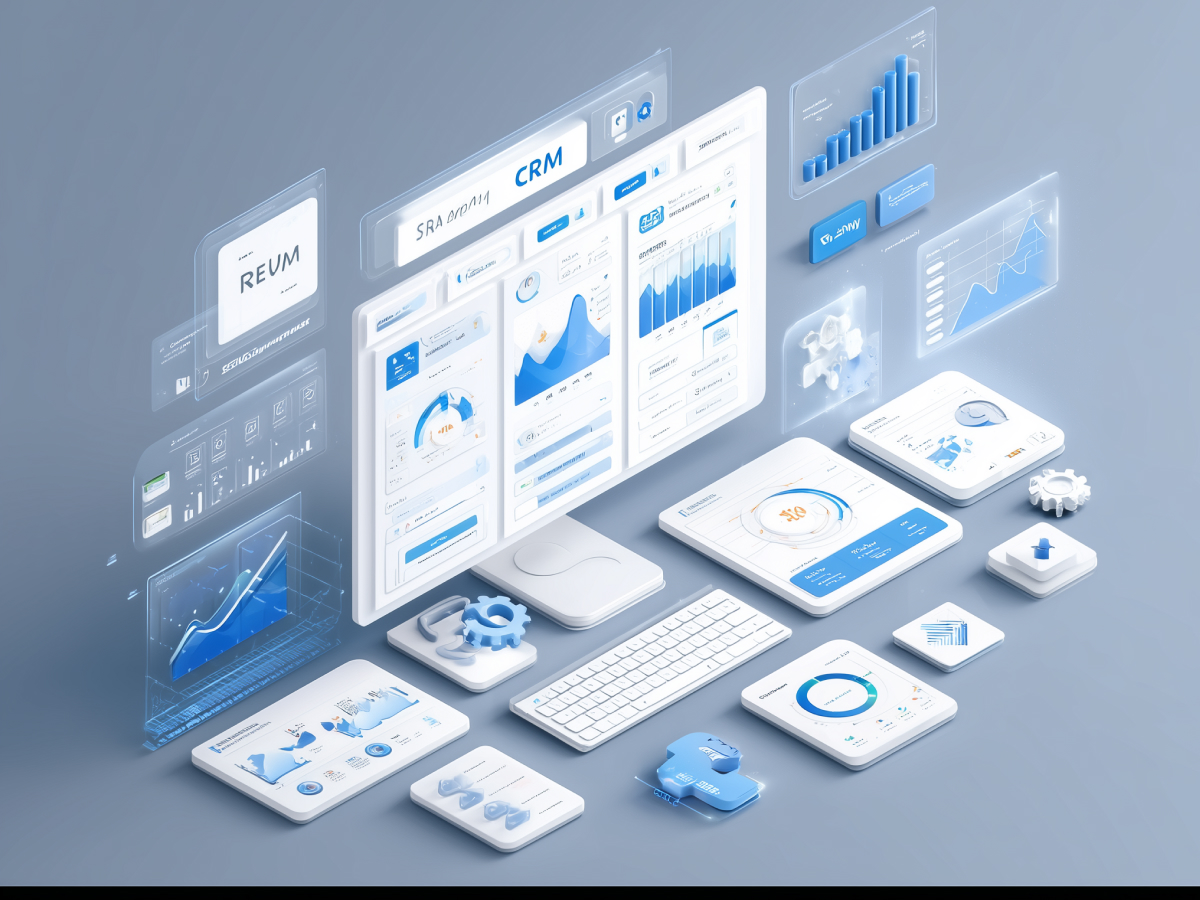Younger developers demonstrate a strong affinity for open-source AI
A younger generation of software developers is leaning into open-source AI. They view it as more than code, they’re using it as a learning tool, a playground, and in many cases, a proving ground. These early-career engineers are building familiarity with tools that are shaping the future of machine learning and automation.
If you ask them why, the answer is practical. Open-source systems offer transparency. You can read the code, track how decisions are made, and trace how models are trained. That level of openness makes it easier to learn. For someone new in the field, it also lowers the barrier to entry. You don’t have to pay to use the core tech or wait for license approval. They experiment, iterate, and improve fast.
However, there’s an experience gap. The survey data shows that 10% of respondents with less than five years of professional experience don’t know if they’ve used open-source tools at all. That’s significant. It tells us that while interest is high, onboarding and guidance matter. These developers are motivated to learn, but many are just beginning to understand how open-source really works.
C-suite leaders should read this as a signal: if you’re looking to hire problem solvers with fresh thinking and energy, this is the cohort. And if you want them to make meaningful contributions quickly, invest in clearer onboarding to open-source projects. Integrate these systems into internal training workflows. Remove friction.
Trust levels between experience groups are surprisingly aligned as well. Younger developers show a 65% trust rate in open-source AI for creative or strategic tasks, nearly identical to the 69% rate among professionals with 15–20 years of experience. That alignment across experience levels is rare and encouraging.
Open-source AI is perceived as more trustworthy than proprietary AI, especially in educational and development contexts
One thing is clear: developers trust open-source AI more than proprietary models when it comes to real work, building, learning, testing. Trust builds with visibility. When you can read the code, inspect the data, and understand how a system draws conclusions, you’re more confident using it for development or education. That’s what makes open-source systems compelling.
When we looked at the numbers, 66% of developers said they trust open-source AI for personal or academic projects. 61% trust it for code development. Proprietary systems? Trust drops, to 52% and 47% for the same activities. For creative or strategic work, proprietary trust dips even further, to 43%.
The issue isn’t that proprietary models are bad. Often, they’re leading the benchmarks. But they’re locked boxes. Many business leaders overlook how that affects decision-making on the ground. Developers want to know what’s happening under the hood, what data a model was trained on, how it handles edge cases. Open makes that possible.
This is where strategic investments should focus. Open-source frameworks are practical. They help internal teams train, test, and build faster. They improve onboarding for entry-level developers and reduce long-term technical debt. They offer leverage that closed systems can’t replicate, especially when speed, scale, and adaptability matter.
C-suite leaders should evaluate their internal tools and frameworks. Are you using platforms your teams actually trust? Are you building on foundations they can understand and improve? Adoption hinges on performance and on whether teams trust what they’re building with. Open-source crosses that barrier. Use it.
Open-source engagement preferences vary by age and experience, highlighting a generational divide
Developers today don’t all think or work the same way. Age and career stage influence how they adopt technologies. The data shows clear shifts in attitude between early-career developers and more senior professionals. Developers between 20 and 34 years old report stronger enthusiasm for participating in open-source communities and higher engagement with AI chatbots. These tools align with how they prefer to learn, fast feedback, high interaction, continuous improvement.
In contrast, experienced professionals, ages 35 to 54, show higher levels of skepticism around proprietary tech, especially at work or in educational contexts. This gap is about values and working styles. Older professionals often prefer systems they can examine deeply. Their hesitation towards proprietary tools reflects concerns about portability, control, and vendor lock-in. They’ve seen how technology decisions play out over time.
Preferences are not binary, though. The strongest adoption comes when flexibility exists. Developers want to switch between tools that serve their needs while still trusting the system’s foundation. What the trend shows is that younger developers gravitate toward tools that offer interaction, transparency, and feedback, even if the depth of experience isn’t fully there yet.
For C-level executives, this difference in mindset matters. The tools your teams choose are shaping your future technologies. Ignoring these generational trends leads to misalignment. You may end up enforcing platforms that cut productivity or discourage internal innovation. If you want a high-performing engineering organization, make sure the tools work for multiple generations of developers. You need platforms that support collaboration, accessibility, and ownership across age and experience, it’s not optional if you want to scale effectively.
Community engagement and contribution are pivotal for advancing AI innovation in open-source projects
Open-source AI isn’t being driven by a handful of companies. It’s being built by communities, engineers, researchers, and contributors around the world who are solving problems, submitting code, refining performance, and pushing out fixes in real time. That model works. It accelerates iteration, discovers bugs early, and creates features based on real-world demand, not just company roadmaps.
A major factor behind this success is the involvement of active contributors who act as maintainers, people who shape the evolution of these projects. According to a 2024 GitHub survey, 93% of users said that responsive and engaged maintainers are critical to the success of an open-source initiative. That level of consensus doesn’t happen often. It shows how much value teams place on project leadership and clear collaboration channels.
On Stack Overflow, over half of survey respondents, 57%, reported enjoying maintaining or giving feedback on open-source projects. Another 50% like engaging in open-source discussions and communities. Developers are placing themselves close to the direction and design of the models they’re using. And that’s a long-term advantage: contributors aren’t passive users. They’re active participants shaping tomorrow’s tools.
For executive leaders, this signals a shift in how technical innovation happens. It’s no longer sufficient to “use” open source. You need structured participation strategies. That means allocating developer time for contribution. That means supporting internal champions who lead community engagement. That means building product roadmaps that benefit from external input. These actions create resilience, flexibility, and influence in key ecosystems. In a fast-moving tech landscape, they also keep your company close to what’s next.
Security concerns remain a barrier to adoption
There’s no denying the momentum behind open-source AI. Developers trust it, contribute to it, and build with it. But security is the concern that consistently surfaces when decision-makers evaluate broader adoption. Security in open-source systems is decentralized. With broad access and fast iteration come questions about how vulnerabilities are discovered, reported, and patched.
The survey results show how divided the community really is: 44% of respondents believe open-source AI presents a security risk. At the same time, 48% do not see it as a threat. That’s not a small disagreement; it’s a nearly even split across a growing ecosystem that powers a large part of today’s AI tools. Most contributors in the open-source world are volunteers or individuals with limited institutional backing. That creates pressure on response time, patching cadence, and reliability of protection.
Still, the trust in open-source AI remains high because of the transparency and constant public review. People see what’s under the hood. That visibility is often more reassuring than closed systems that conceal their architecture. When potential threats emerge, contributors can replicate, test, and patch quickly. But that only works when maintenance is consistent and funded.
Business leaders need to ask the right questions. How do we handle vulnerability management in projects we depend on? Are those dependencies well-maintained? What investments can we make to increase response speed and reliability? If you’re deploying open-source systems internally or through customer-facing products, supporting the security of those tools should be treated as a baseline strategy.
The bigger picture: 86% of developers agree open-source AI serves the public’s best interest. But that doesn’t eliminate risk. The right move at the executive level is to participate proactively in projects, not just consume them. Contributing security improvements, funding maintainers, or collaborating on threat intelligence gives you control and builds trust. It also ensures resilience, which matters at scale.
Discoverability and maintenance are critical challenges
Open-source AI has volume. There are millions of datasets, tools, and models available. But accessibility doesn’t always mean usability. One of the biggest problems right now is discoverability. If developers can’t find what they need, or can’t verify the quality and relevance of what they find, they can’t move forward with confidence. Whether we’re talking about training data, prebuilt models, or project documentation, the search process slows progress.
Research from GitHub highlights the scale of the issue. Over 4.2 million users have uploaded data files, but just one-third come from organizations. The remaining two-thirds come from individuals, and 78% of data-containing repositories are maintained independently. That’s a huge amount of fragmented value, most of which isn’t curated or optimized for discovery. For developers trying to build and scale, that’s a bottleneck.
Even experienced engineers lose momentum when ecosystems lack structure. Without standards for tagging, documentation, and data stewardship, it’s easy to spend more time searching and evaluating than deploying. This slows experimentation and prevents reuse of high-quality assets.
For executives, this is a key area to fix. Investing in better documentation for internal tools, contributing to discoverability enhancements like search optimization or metadata standards, and actively curating project repositories all add long-term value.
C-suites should take discovery seriously, not just as a tooling problem, but as a workforce multiplier. Visibility, structure, and curation reduce ramp-up time, improve reuse, and surface insights faster. That leads to stronger ROI from your technical talent and lowers unnecessary duplication across your tech stack. Open-source works best when it’s accessible in every direction.
Open-source AI is evolving into a sustainable business model
The idea that open-source and profitability can’t coexist is outdated. Companies now understand that open-source AI is a viable business model. Organizations are deploying hybrid strategies that combine the openness developers expect with the financial infrastructure needed to sustain long-term projects.
Amanda Brock, CEO of OpenUK, outlined five practical models during a Stack Overflow podcast that companies are already using to monetize open-source AI: paid maintenance and support, developing proprietary features with an open core, offering managed services, dual-licensing, and accepting donations or sponsorships. These approaches don’t dilute the core values of open-source, they give it fuel to grow.
All of these models allow companies to maintain influence over critical technology without sacrificing openness. They also create room for differentiation. You can offer premium features, manage compliance, and still benefit from community-driven development. That’s the balance companies like Red Hat, MongoDB, and, increasingly, AI-focused firms are embracing.
For the C-suite, this presents a strategic opportunity. Your teams are already using open-source libraries, contributing to public repositories, and relying on these tools in production. Shifting to an active investment position, whether through paid services, sponsored contributions, or in-house open-source projects, gives you more control over your stack. It also supports developers in a more pragmatic way than simply extracting value from free software.
If you’re looking for sustainable innovation at scale, open-source is no longer a side project. It’s infrastructure. Align resources accordingly.
Strong engagement with specific open-source LLMs
It’s no longer a one-sided race. In the Large Language Model (LLM) space, open-source models are gaining serious traction in developer awareness and preference. Meta’s Llama 70B and DeepSeek’s R1 and V3 models now rank among the most recognized and preferred models overall, standing next to proprietary systems like OpenAI’s GPT-4o and Anthropic’s Claude 3.5/3.7 Sonnet.
That matters. Preference is often a leading indicator of long-term usage. While proprietary models still lead in raw deployment numbers, developers are increasingly drawn to open-source options because they offer more flexibility, transparency, and community alignment. The 2024 Developer Survey makes this clear: usage does not equal preference. Developers are actively exploring open alternatives, and in many cases, they prefer them over closed systems even if adoption is still catching up.
Open LLMs reduce barriers to experimentation and accelerate iteration. Teams can inspect the architectures, adjust training processes, and fine-tune models to narrow use cases without relying on external APIs or opaque limitations.
That control is powerful. It lets your AI infrastructure evolve with your specific needs. And it gives your teams more freedom to innovate on top of systems they deeply understand.
Executives should be ready to incorporate open LLMs into their AI strategy. That means adjusting procurement processes, reshaping compliance protocols, and ensuring internal engineering teams are equipped to deploy and maintain these models responsibly. The companies that act early can shape the standards others will follow. The shift toward open LLMs is already in motion. Participate or risk falling behind.
Concluding thoughts
Open-source AI is becoming a competitive edge. The next wave of builders already trusts it, contributes to it, and builds with it. That creates momentum executives can’t afford to ignore.
Whether it’s improving talent pipelines, gaining more control over your AI infrastructure, or reducing dependency on black-box tools, open-source gives your organization strategic leverage. But it doesn’t run itself. Security, discoverability, and sustainability need investment. That means supporting the tools your teams rely on.
You’re not choosing between open-source and innovation. Open-source is where much of the innovation is already happening. The companies that engage early, by funding maintainers, contributing code, shaping standards, end up with more control, more influence, and more capable teams. The ones that don’t will rely on whatever’s handed to them. Your move.





